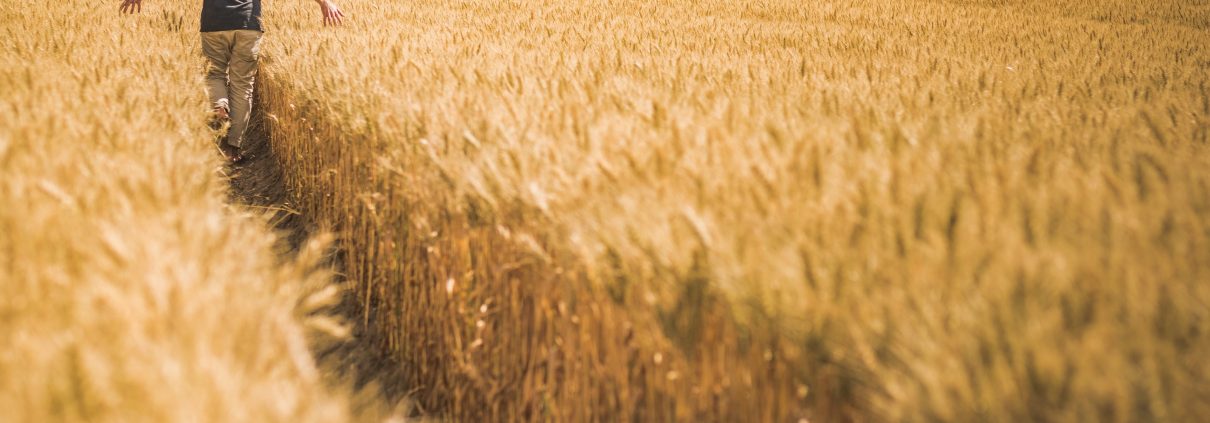Political Calculations: The Economic Impact of Climate Change
How can you measure the economic impact of climate change? That global warming has an effect on agriculture is something that has been well established by real world observations over the last several thousand years and has been reaffirmed for the modern era by academic research. The folks behind the Political Calculations blog wanted to consider the economic impact on agriculture by a prolonged climate event, one that lasted far beyond a season or a year, specifically the 2010-2016 drought in Kansas.
At its peak in 2012, the severity of the drought has been described as the second driest on record since 1895, and was the longest sustained drought in the state since the 1950s. Also at its peak, the U.S. Department of Agriculture (USDA) estimates the drought’s crop damage totaled $3 billion—that’s a loss in economic contribution to the state’s GDP that would have been double what was actually recorded at its trough.
While the worst of Kansas’ 2010-2016 drought had a large and clear impact on the state’s agricultural output, and by obvious extension, its economy, the thing that really caused farmers the most problems in the years since the drought began was that they didn’t expect it, not for it to become as severe or last as long as it did. Prior to the drought, there was only a weak correlation between the state’s agricultural GDP output and the Palmer Drought Severity Index. Once the drought had taken hold, the correlation became stronger, almost undeniable, but by then what were the farmers to do? According to Political Calculations, that’s where the real economic impact from climate change is to be found. If people expect it, they can plan for it, and are therefore better able to cope with the consequences. But in real life, it’s the stuff you didn’t expect or prepare for that hurts the most.
For the full article:
CLICK HERE


